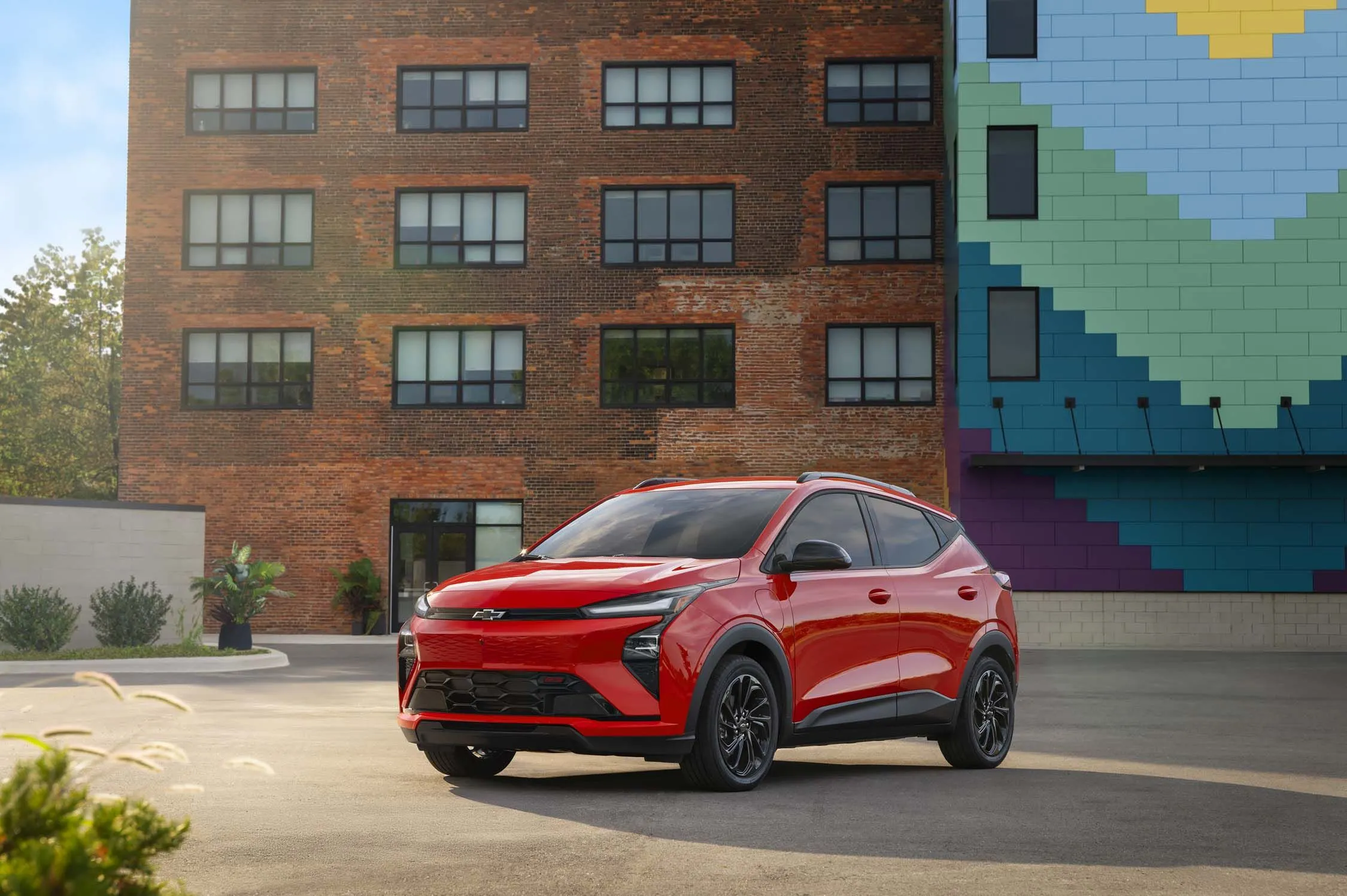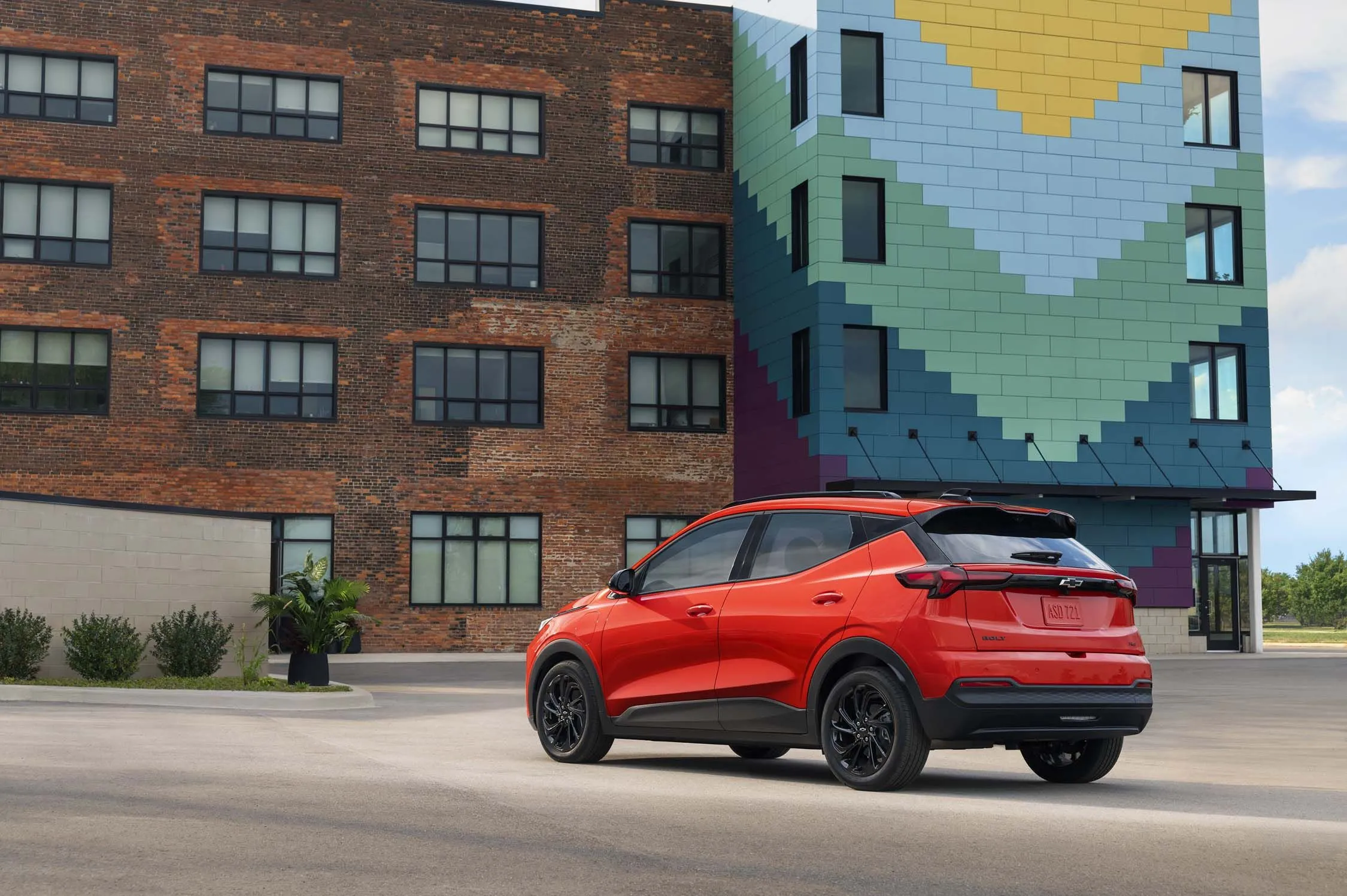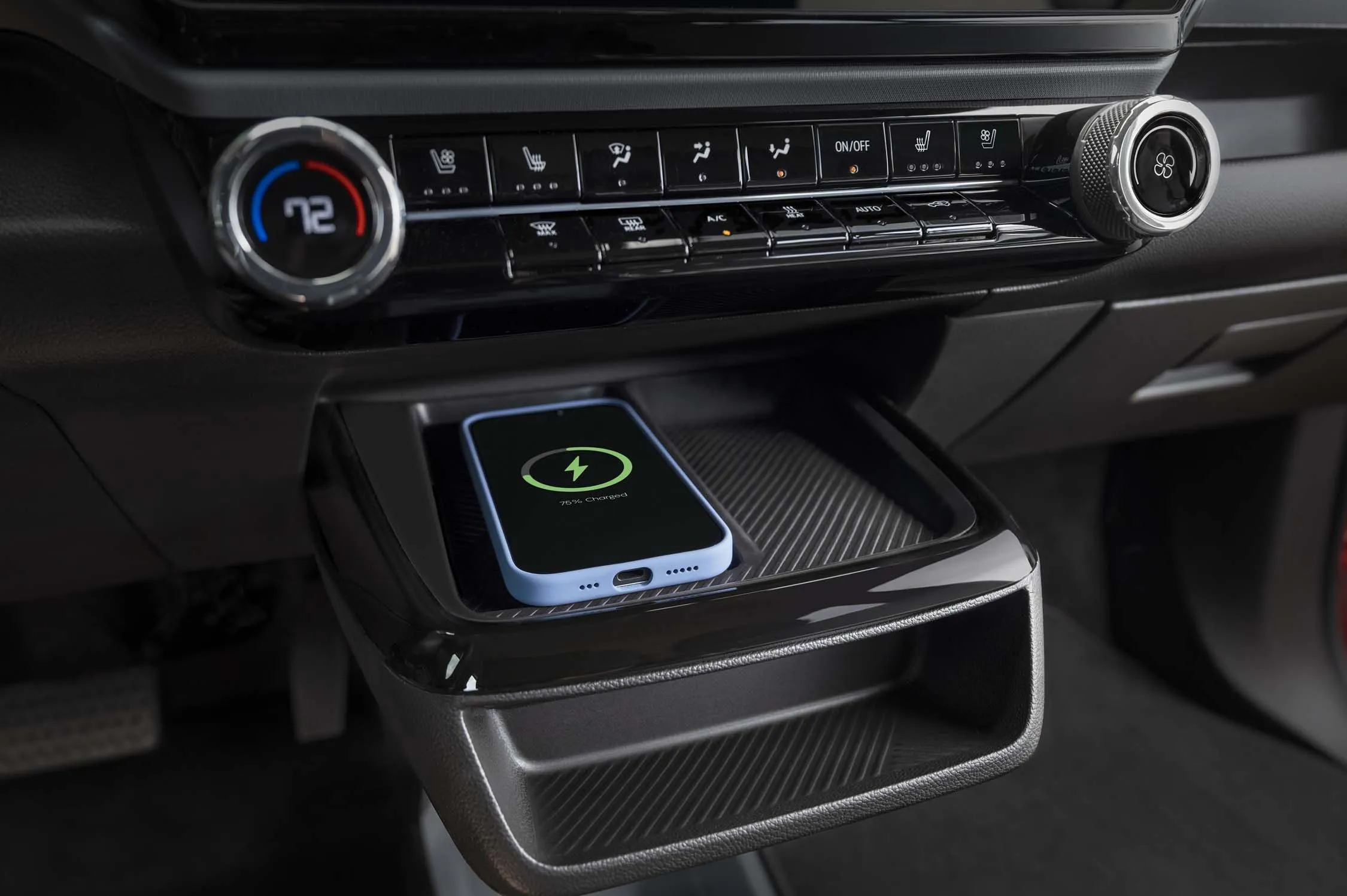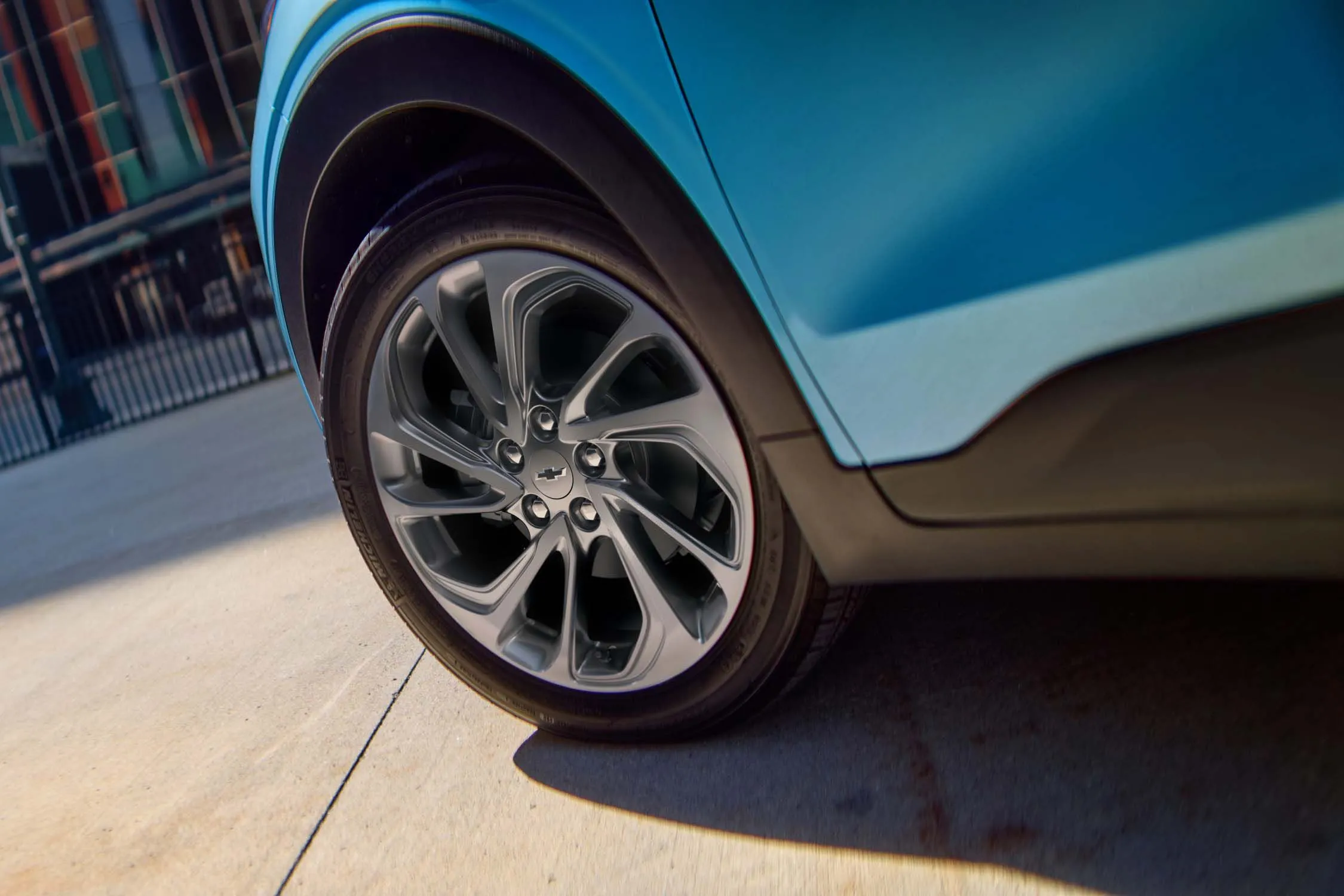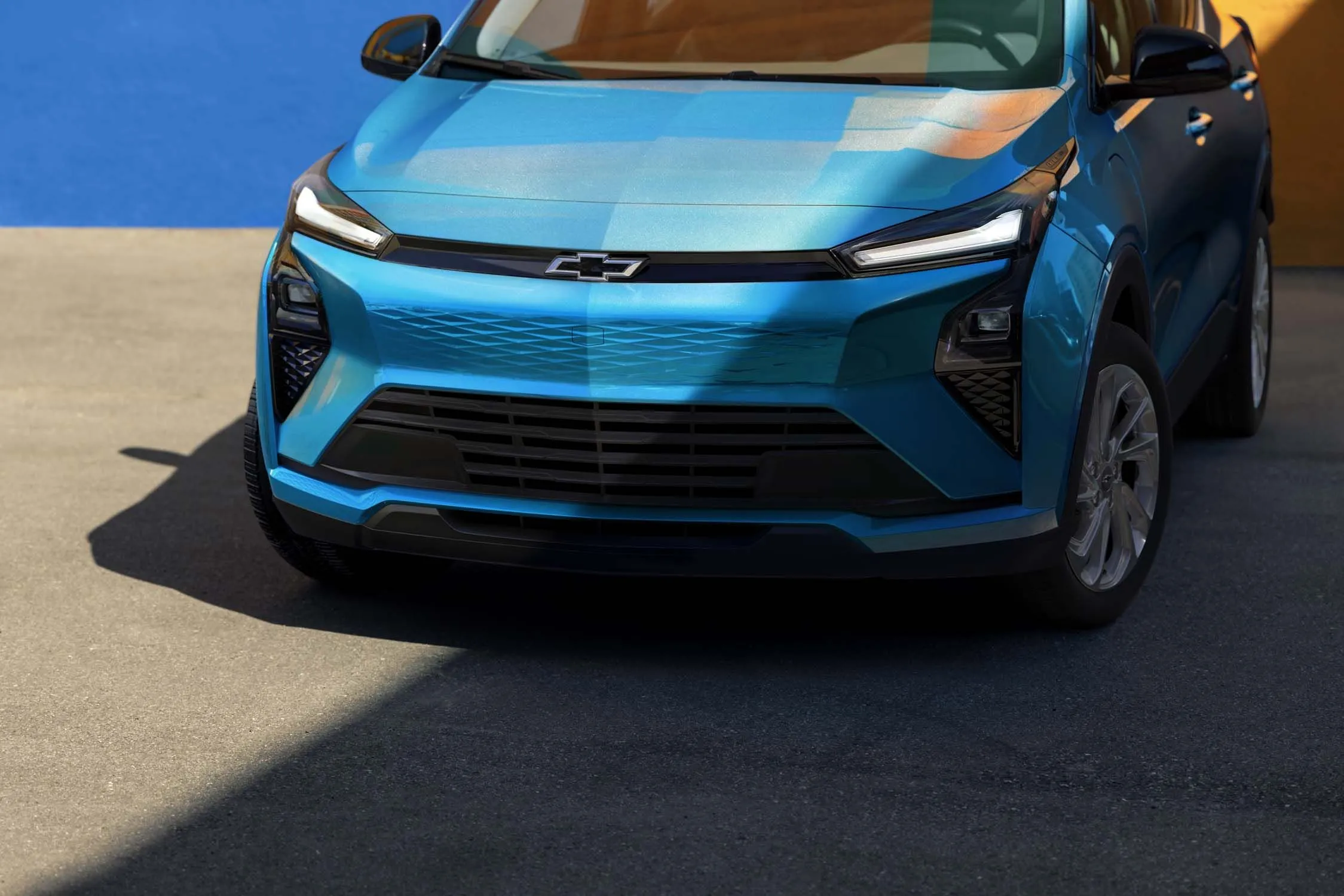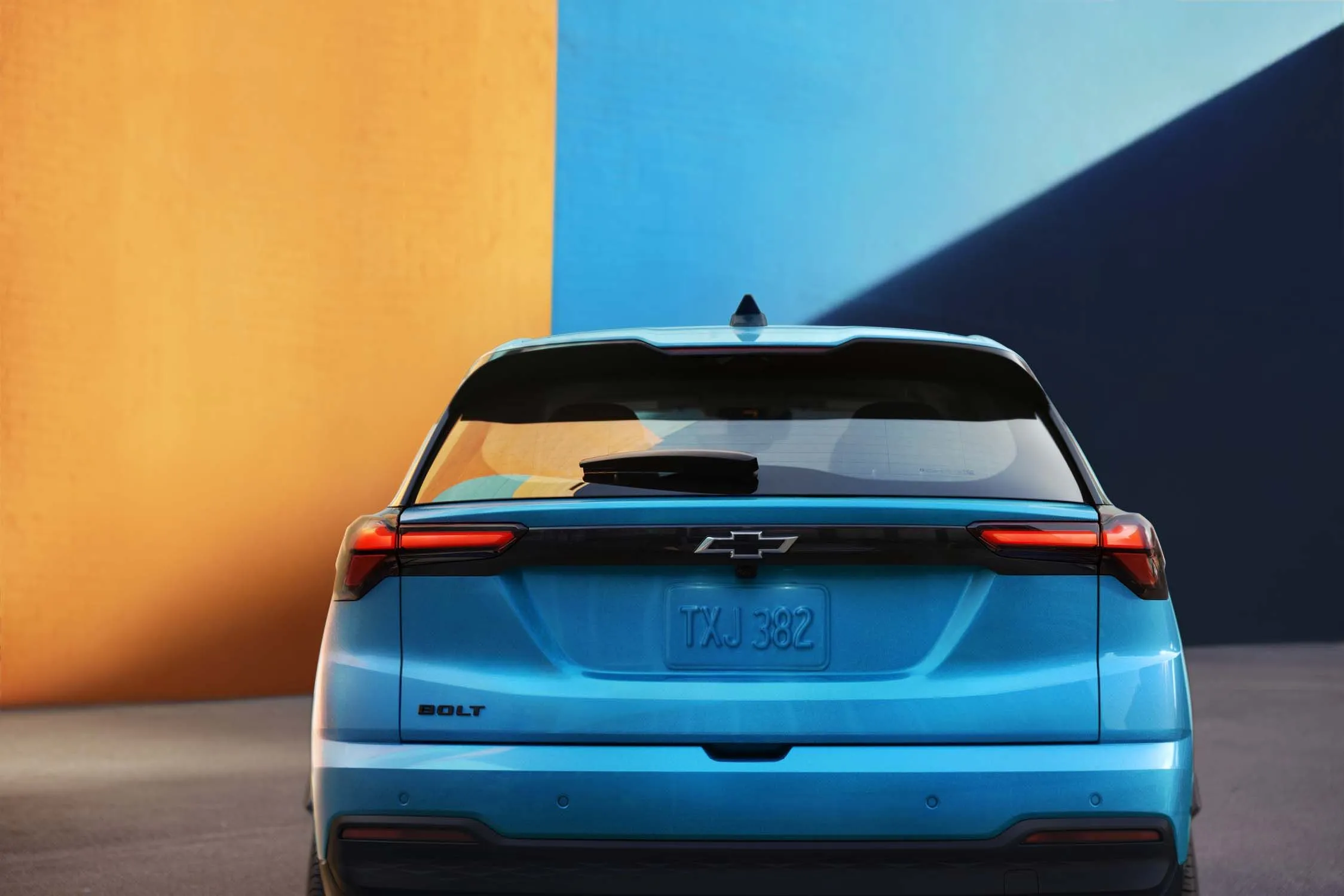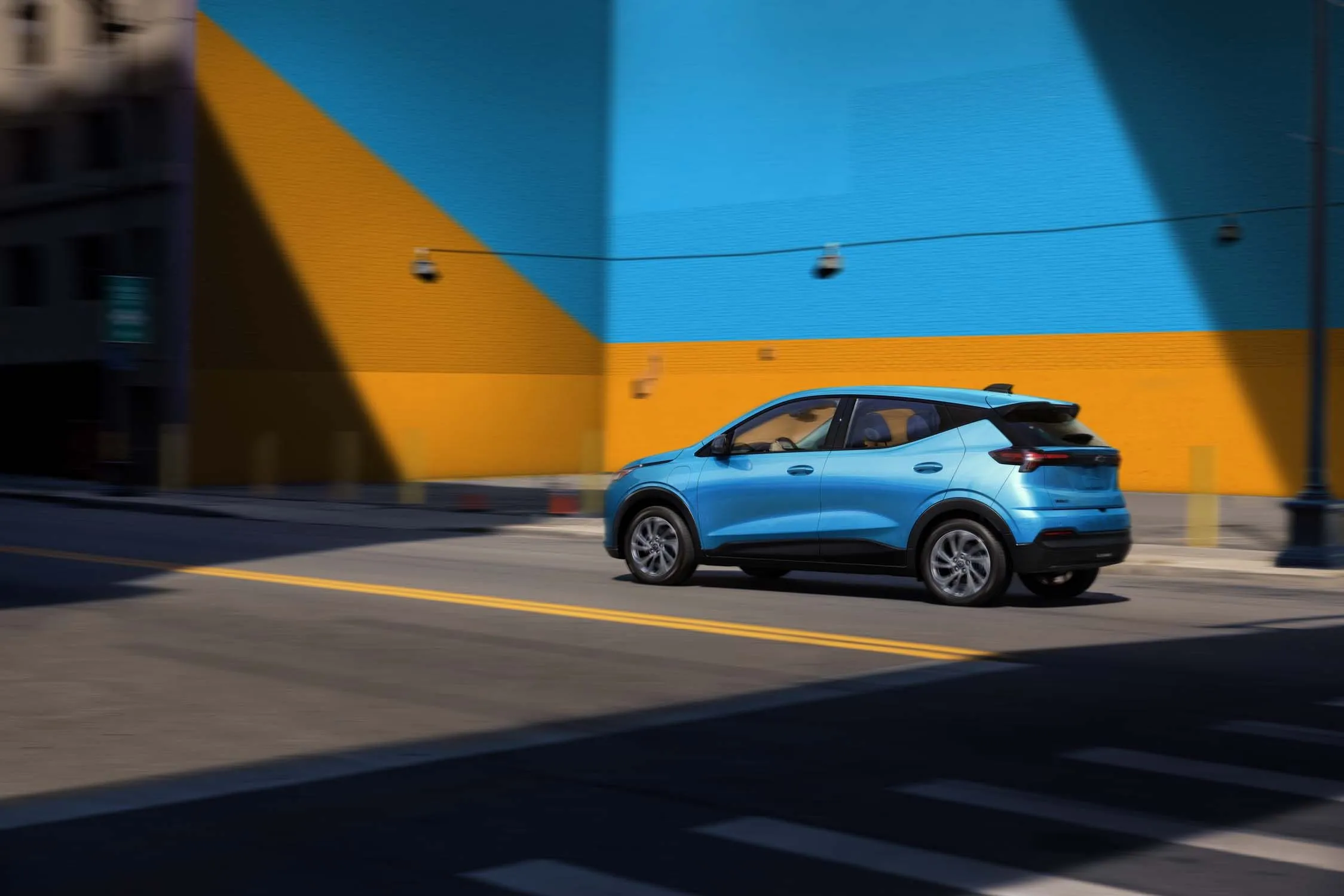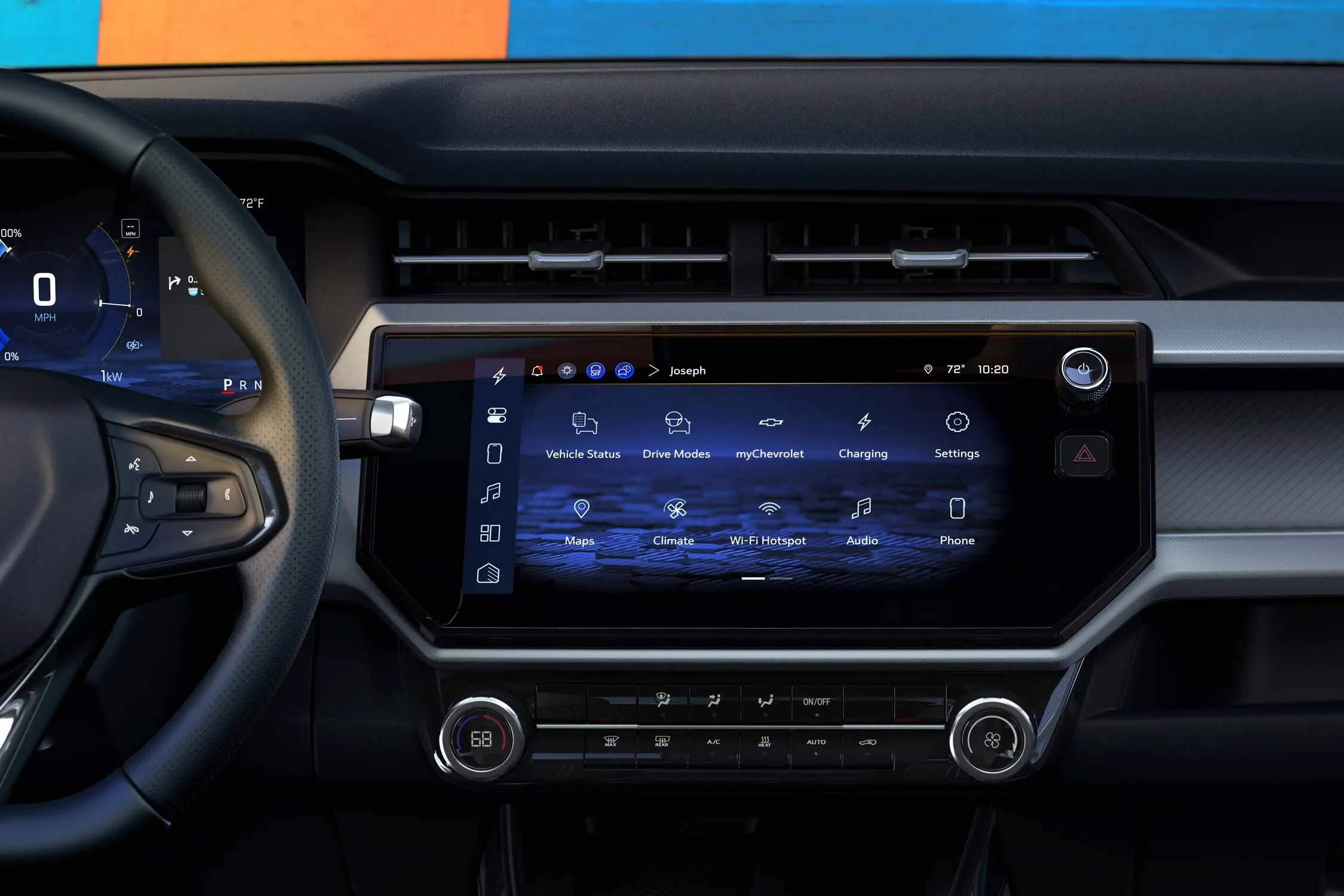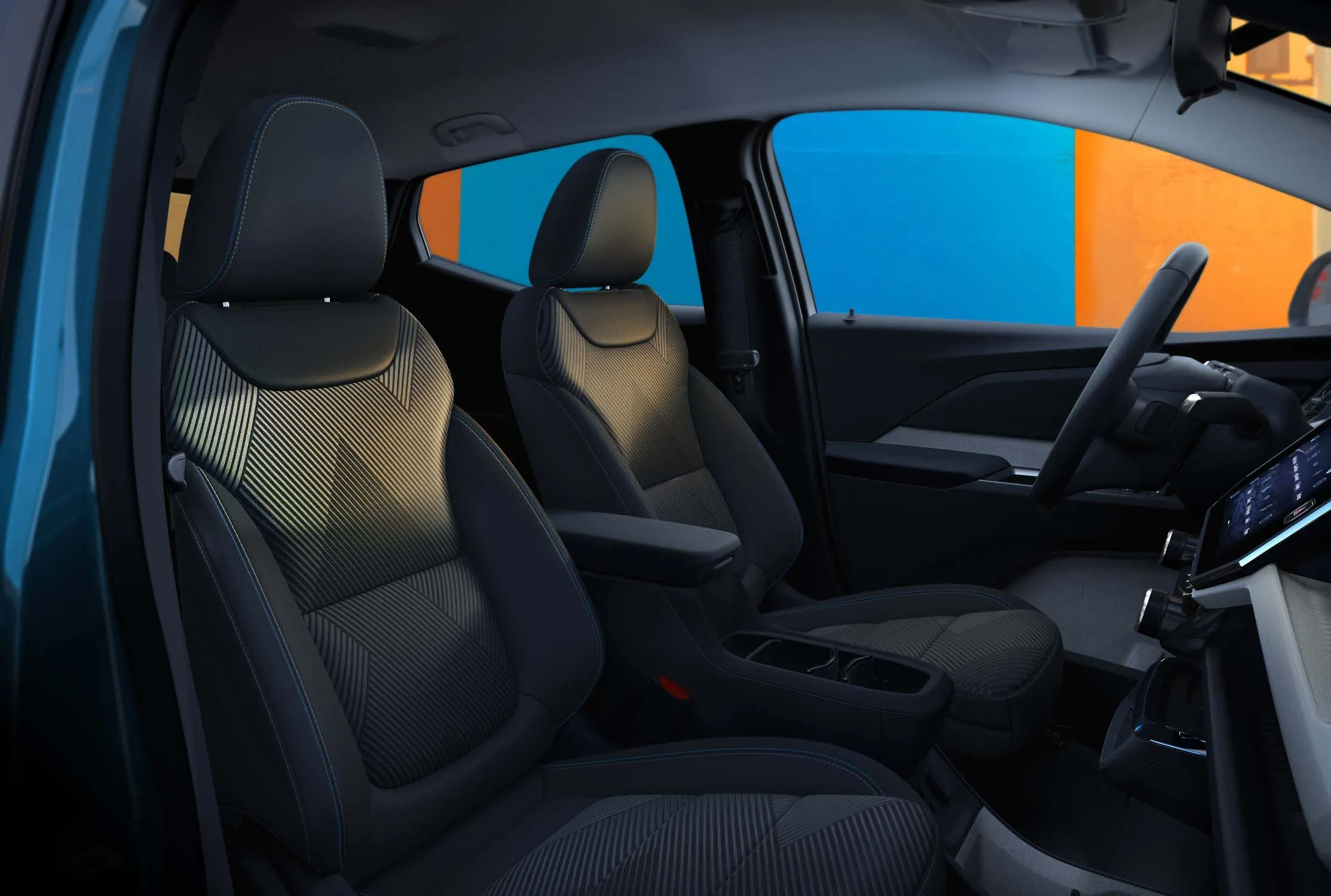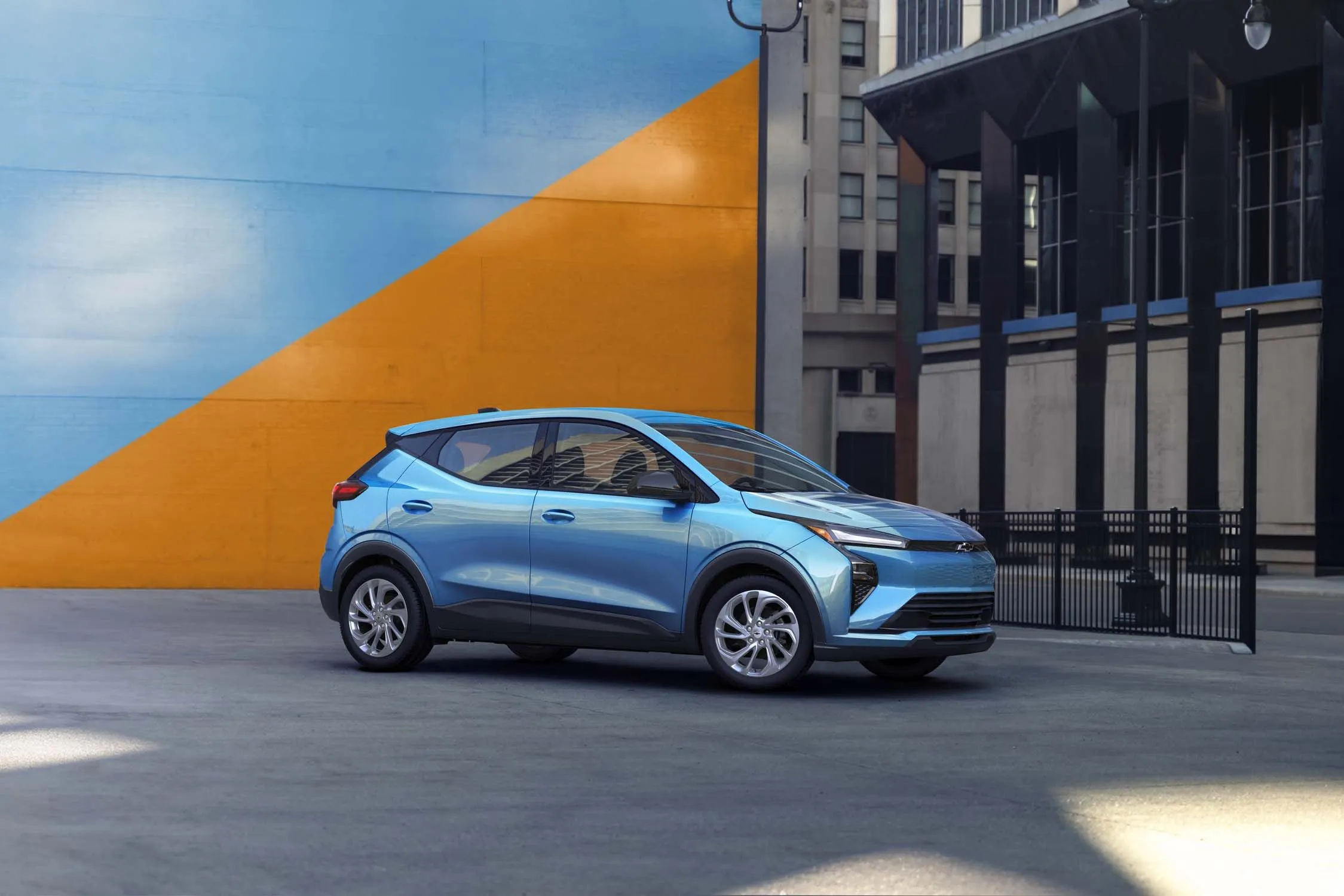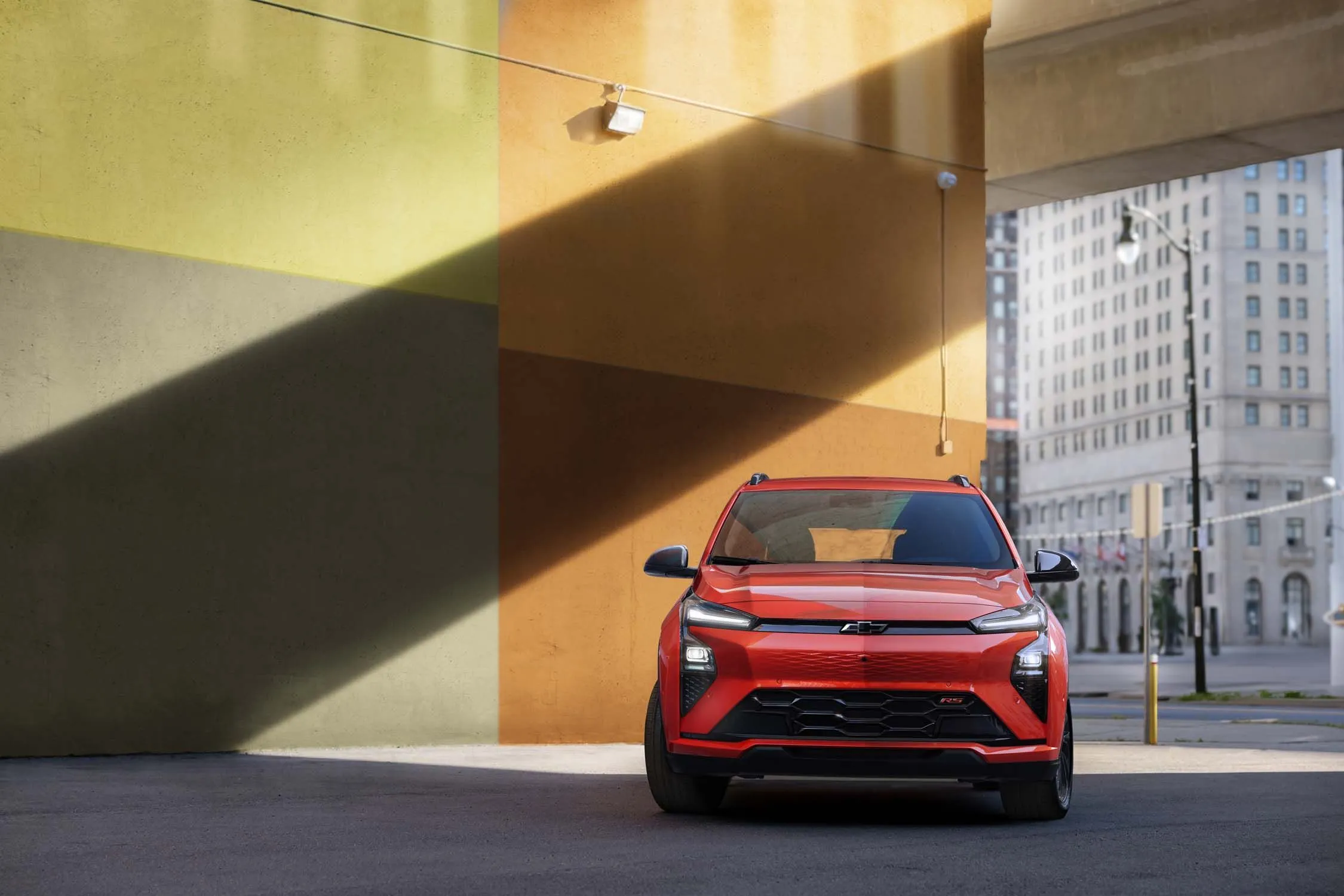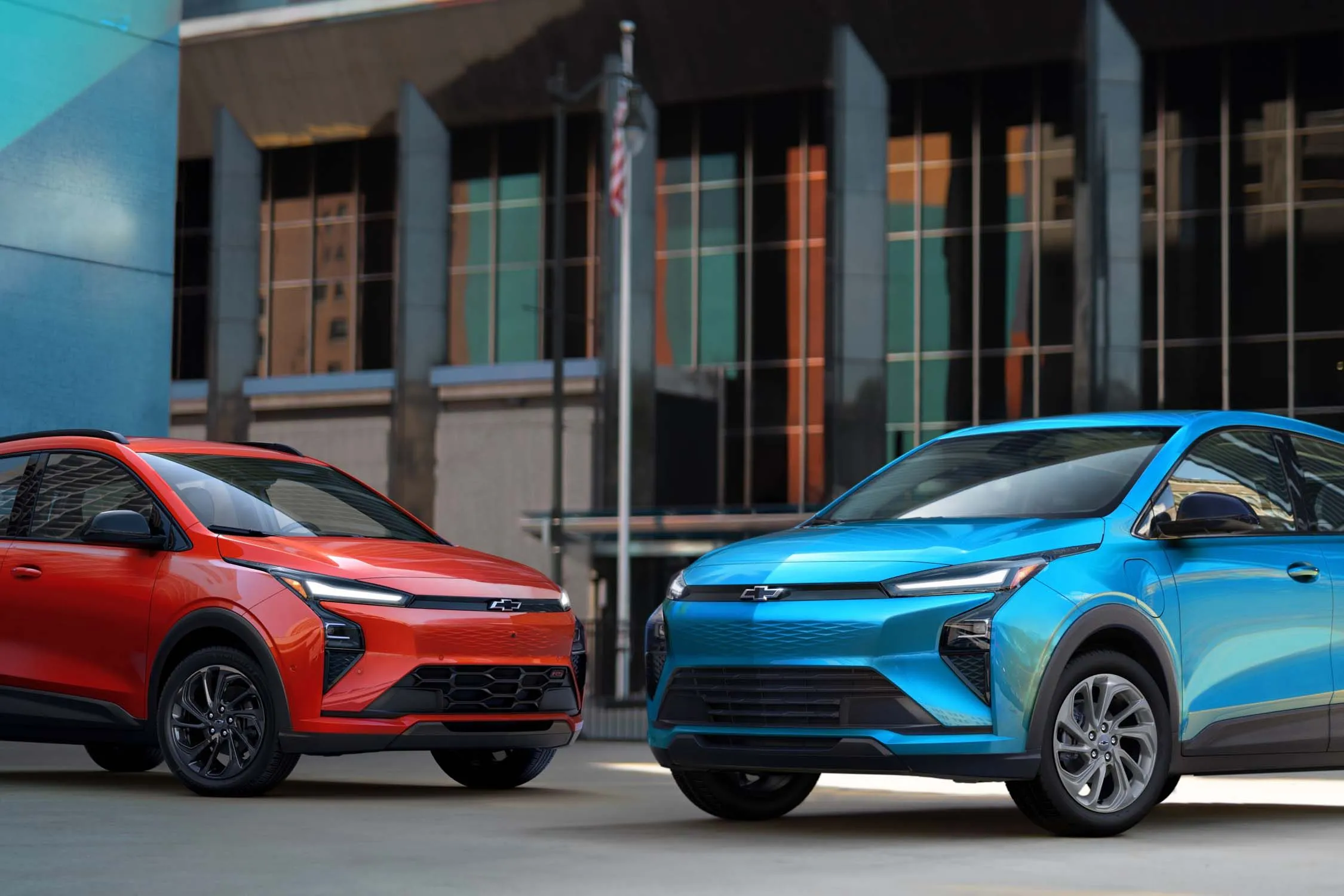Curious about the new 2027 Bolt? We reveal the technical specifications, 3x faster charging, and why it’s much more than a facelift.
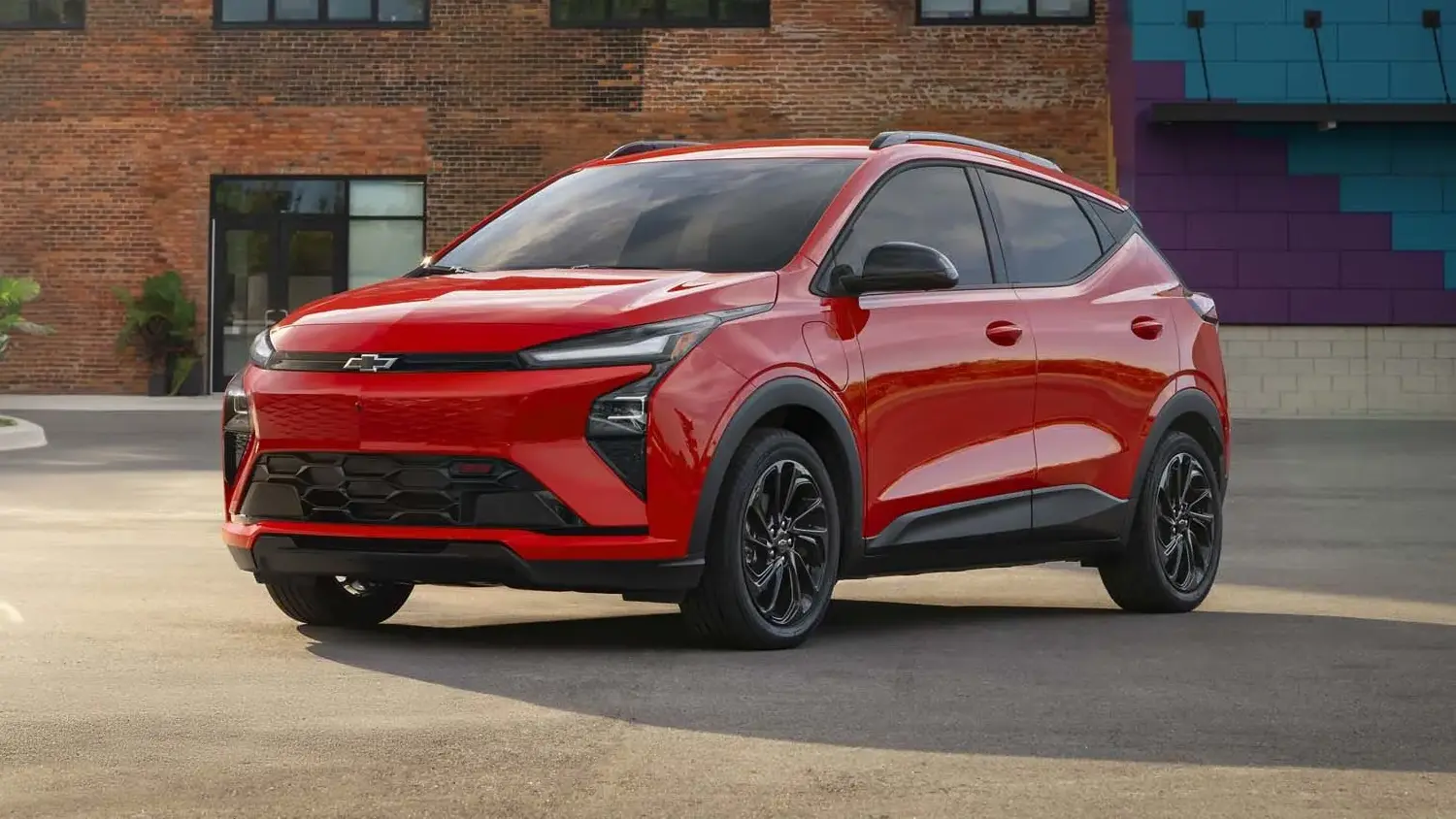
The return of the Chevrolet Bolt in 2027 surprised many, especially after the announcement of its demise. But, contrary to what its familiar appearance suggests, this new generation is an almost completely redesigned machine inside, promising to revolutionize the segment of affordable electric cars. Far from being a mere “rebadge,” the electric hatchback priced under-$30K (or less!) has undergone profound reengineering, with strategic changes positioning it as a formidable competitor in the electric mobility landscape.
The Complexity of Resurrection: A New Bolt Underneath
The decision to bring back the Chevrolet Bolt 2027 was more than just responding to fan demands. It was a strategic move by GM, driven even by executives who appreciated the previous model. What seemed like a simple “restart of production” turned out to be a gigantic engineering challenge. Jeremy Short, the Bolt’s chief engineer, revealed in an interview that the hardest part of the project was replacing all the electrical components of the vehicle. This occurred while the tools at the Orion, Michigan plant were being reinstalled at a new location: GM’s Fairfax, Kansas plant. This move made rapid design changes difficult, as development prototypes were not rolling off the assembly line with the same agility as a ground-up project.
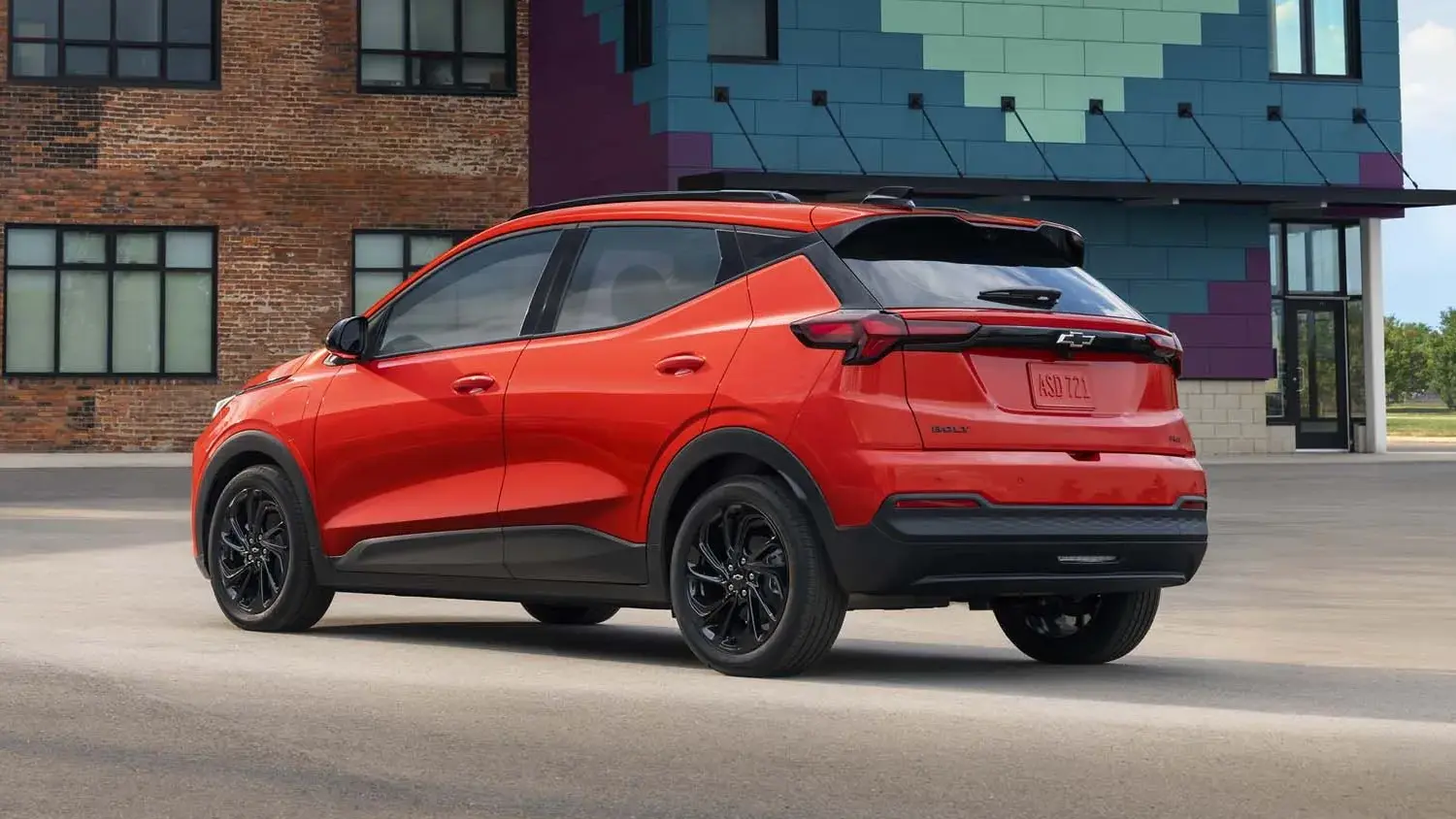
Production of the “old” Bolt had ceased in December 2023, following GM’s announcement in April of that year. However, pressure from owners and an internal recognition of the model’s value led GM to reverse the decision in July 2023. Now, pre-production models of the 2027 Chevy Bolt are already rolling off the assembly lines in Fairfax, Kansas, with customer deliveries scheduled for January of next year. This cycle of rebirth in such a short time is a testament to GM’s dedication to keeping an affordable electric car in its portfolio.
Goodbye to Old Batteries: GM’s LFP Era
One of the most critical aspects of the Bolt’s reinvention was the battery. The previous model, which used LG Energy Systems cells with a 2017 design, was already outdated. For the new electric hatchback, GM sought a modern and, crucially, an economical solution. The answer came in the form of lithium iron phosphate (LFP) cells, making the 2027 Chevrolet Bolt GM’s first North American EV to adopt this technology.
Although LFP batteries have 20% to 30% lower energy density than nickel-manganese-cobalt-aluminum (NMC) cells, the evolution of LFP chemistry since 2017 allowed the Bolt’s new battery to hold 65 kWh of energy, offering equivalent or even superior range. While the 2022 Bolt EUV was rated at 247 miles by the EPA, Chevy projects a range of 255 miles for the 2027 Bolt.
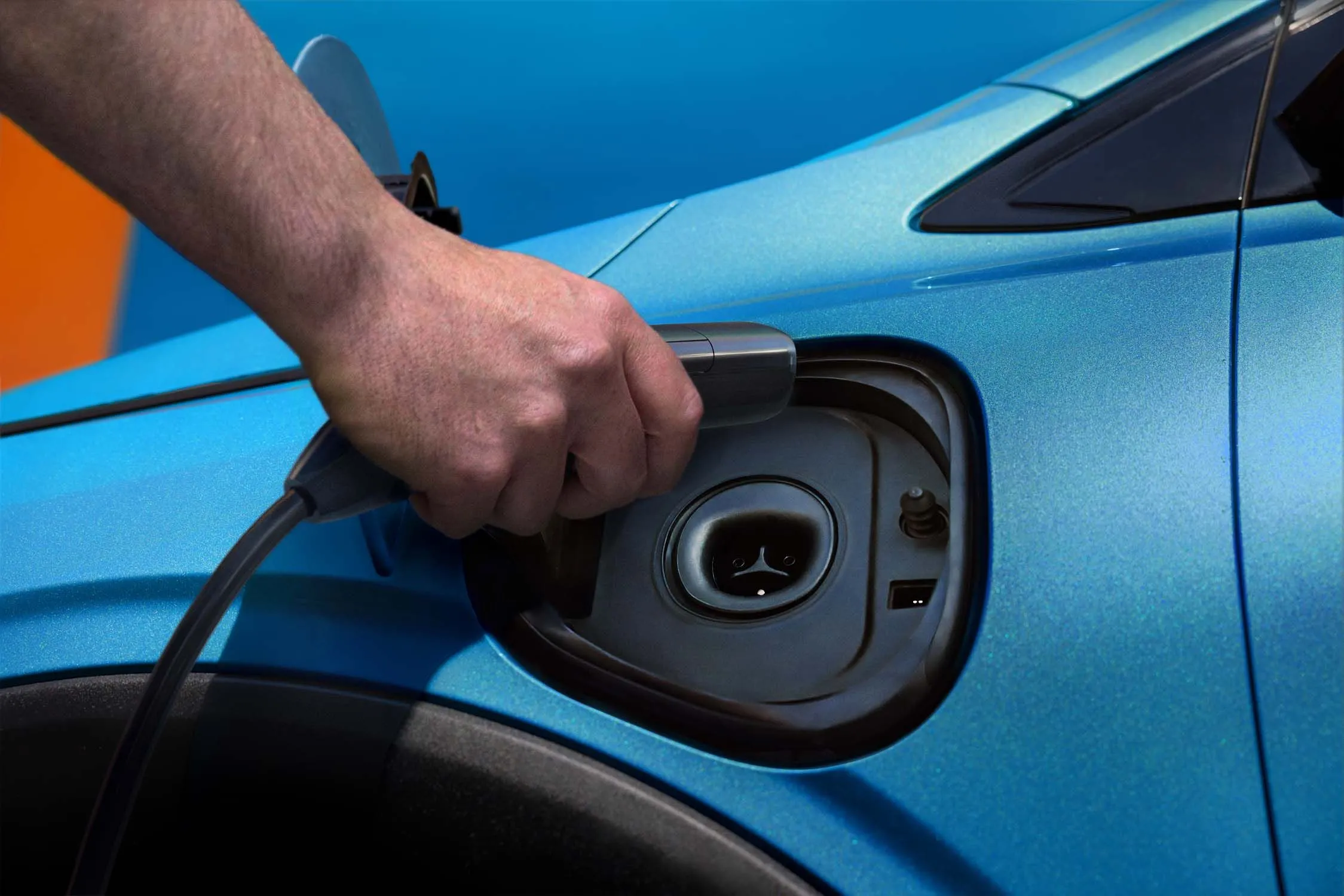
This battery choice also came with a logistical challenge. The LFP cells are supplied by a Chinese partner, implying significant import costs for GM until its own LFP cells begin production at the Spring Hill, Tennessee factory in late 2027. Despite the internal differences—with a new layout for modules, wiring, and communication due to the distinct cell size—the new Bolt’s battery pack had to maintain the same volume and mounting points as the previous model, ensuring compatibility with the existing structure. This was a smart decision to keep production costs low. To understand how other battery technologies are evolving, you can read about Toyota’s solid-state battery that promises 1,000 km of range and fast charging.
Fast Charging and Global Architecture B: A Technological Leap
The biggest surprise for Chief Engineer Jeremy Short during development was the significant improvement and reliability of charging. The maximum fast charging rate has tripled, jumping from 55 kW to an impressive 150 kW. The goal was a 10% to 80% charge time in half an hour; the final estimated time (under ideal conditions) is 26 minutes. This consistency was proven on a 12,000-mile road trip with four new Bolts, covering 117 charges across nine different charging networks. Short believes this will make the new Bolt much more suitable for long journeys.
The 2027 Bolt is also the first Chevy EV to come standard with Tesla’s NACS (North American Charging Standard) charging port. The company will sell adapters for use with Level 2 and CCS chargers when owners cannot use Tesla Superchargers. “Plug and Charge” software makes it even easier, allowing the driver to simply plug in the car and walk away, with session validation and payment occurring in the background. This shift to NACS represents a major step toward standardizing the charging infrastructure for electric cars. If you’re curious about other charging innovations, check out how the Mercedes electric car charges faster than a cell phone.
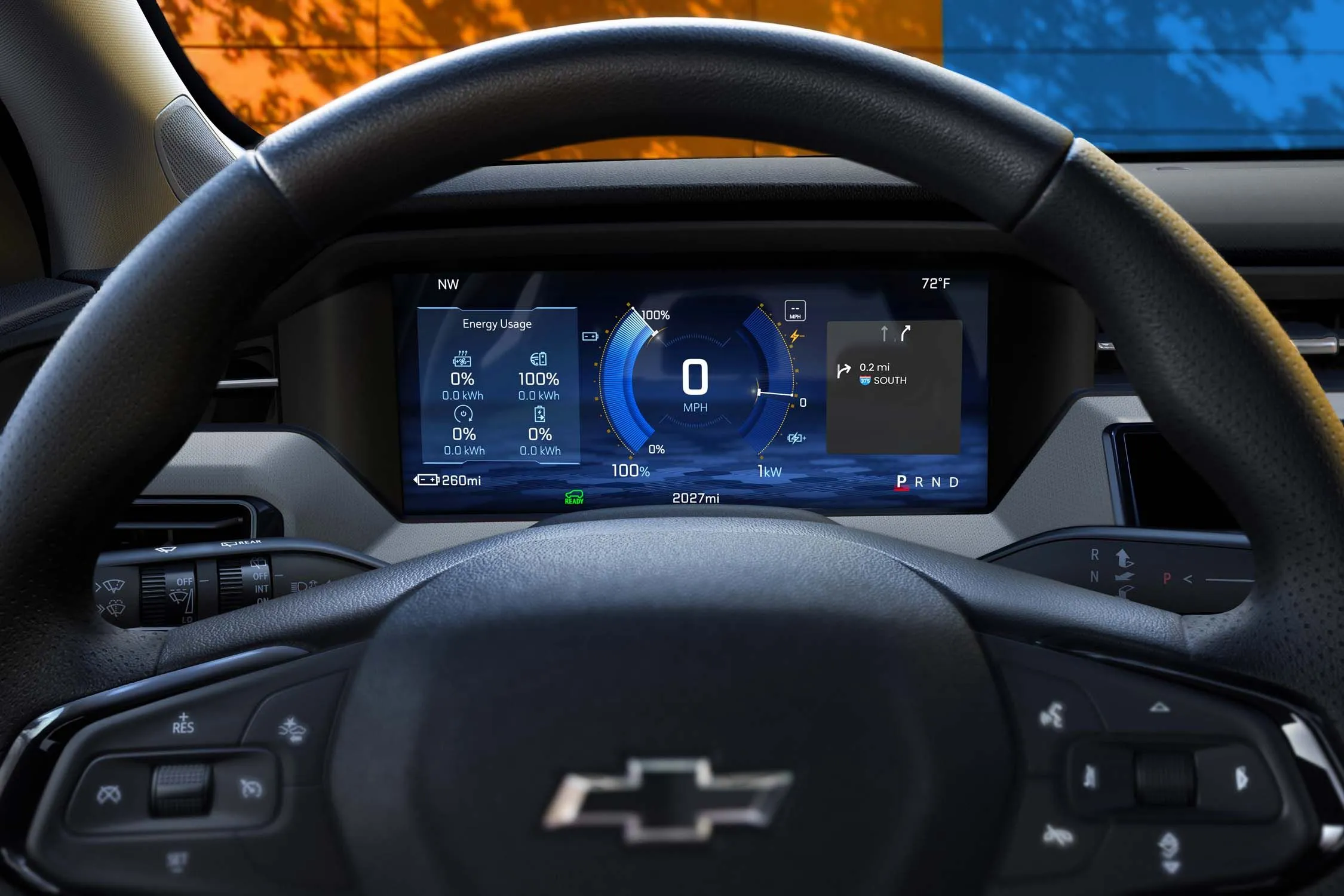
The electrical architecture of the 2027 Chevy Bolt is, in fact, entirely new. Jeremy Short stated that “everything electrical is new,” from switches and wiring to control modules and high-voltage components. The Bolt’s old “Global A” architecture (state-of-the-art in 2017) has been replaced by “Global B,” featured in all current GM EVs. The advantages are notable:
- Five times the processing power.
- Over-the-air (OTA) software updates.
- Significant improvements in cybersecurity.
- More advanced safety features, such as rear cross-traffic alert and automatic braking.
Furthermore, with a specific GM Home Energy charging station, the 2027 Bolt can export power to run a house during an outage (Vehicle-to-Home – V2H). The new architecture also enables the latest version of GM’s acclaimed hands-free adaptive cruise control system, Super Cruise, which now includes automatic lane changing.
A controversial yet strategic decision for GM was the removal of phone mirroring, meaning no Android Auto or Apple CarPlay in North America. The automaker is banking on monetizing “new and exciting apps and features” through monthly connectivity fees. Short argues that everything offered by Android Auto is now native to the vehicle, “but with better integration.” To learn more about how connectivity is changing car interiors, read the article on how Apple plans to dominate your dashboard with CarPlay Ultra.
Integration with the Equinox EV and the Surprising Price
To optimize costs, GM sourced components from the Chevrolet Equinox EV, which has seen good sales since its launch in May 2024. The 2027 Bolt uses the same integrated motor and X76 electronic unit on the front wheels. In the Bolt, it is rated at 210 horsepower, a 10 hp increase over the 2023 motor. However, torque was substantially reduced from 266 to 169 lb-ft, a consequence of the different power characteristics of the LFP cells.
Vehicle integration control modules and the sensor suite were also inherited from the Equinox. Despite being the same sensors, they had to be positioned differently in the shorter Bolt to provide the same 360-degree surround view. With its added standard equipment, an updated Bolt LT weighs about 100 pounds more than the previous EUV, which weighed 3,779 pounds in the last test.

When launched early next year, the 2027 Chevrolet Bolt LT will have a starting price of $29,990. An even more affordable 1LT version, with fewer features, will launch in 2026, priced at $28,995. Despite the subtle styling revisions to the front and rear, GM opted to remove the “EUV” suffix from the previous model; now it is simply “Bolt.” This pricing strategy, combined with enhanced technology and range, positions the new Chevy Bolt as an extremely competitive option in the electric car market, challenging the perception that an affordable EV must be basic. The low Chevy Bolt price may be a major draw.
In summary, although the 2027 Chevrolet Bolt may look familiar on the outside, its essence has been completely reinvented. With a new electrical architecture, LFP batteries, faster charging, and advanced technologies, GM has not just relaunched a model, but reignited the spark of an electric car that promises to be a game-changer in the entry-level segment, demonstrating that innovation and affordability can indeed go hand in hand.


